The 1860 Band
Formed from the chain-smoked ashes of Wellington’s Quincy Conserve, Malcolm Hayman’s unofficial training academy for session and touring pros, The 1860 Band was initially concurrent with the Quincys but eventually killed off its parent group when it proved the more popular of the two with pub patrons.
While Hayman continued with Captain Custard, The 1860 Band – whose name was imaginatively taken from the Lambton Quay tavern at which it held an extended Saturday afternoon residency – kept drinkers happy with a selection of jazz, funk and disco grooves, culminating in the release of their self-titled 1978 debut and swansong, now a very sought-after item by rare groove hunters the world over.
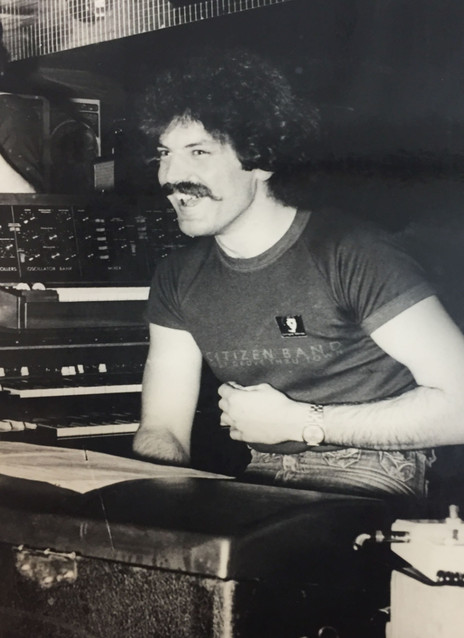
Peter Blake in the 1860 Band: "Minimoog atop my Hammond B3 organ, Leslie 147, Rhodes piano through an Ibanez flanger and US Fender Twin Reverb amp at the 1860 tavern in Lambton Quay, Wellington."
Photo credit:
Peter Blake collection
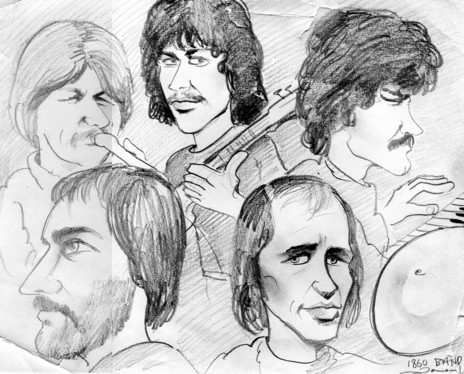
Peter Blake (top right) in a sketch of the 1860 Band, by Wellington artist Norman Levido, late 1970s.
Photo credit:
Peter Blake collection
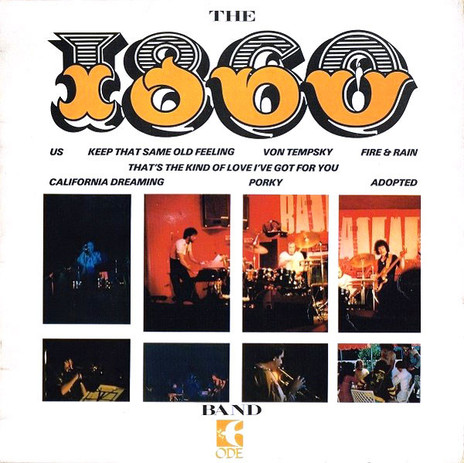
The 1860 Band's sole album, from 1978. They are photographed performing at Sydney’s infamous Basement jazz club.
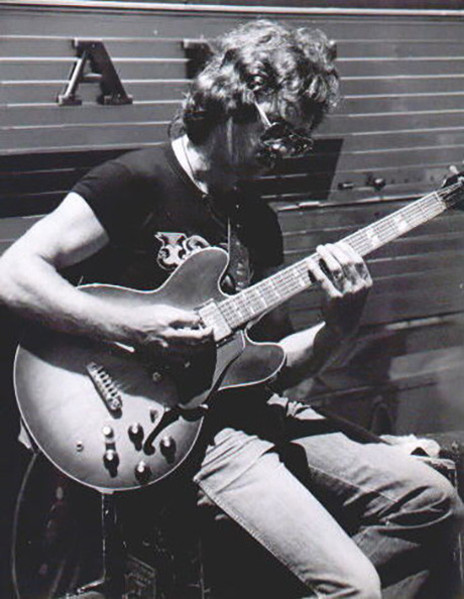
Martin Winch with the 1860 Big Band
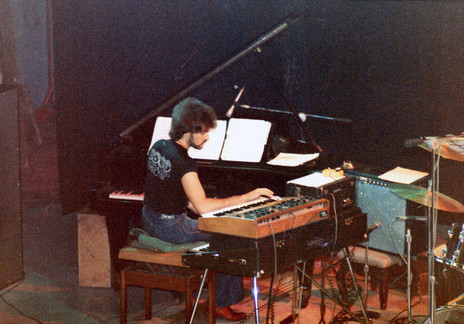
Peter Blake in the 1860 Band, venue is likely to be the St James, Wellington late 1978.
Photo credit:
Peter Blake collection
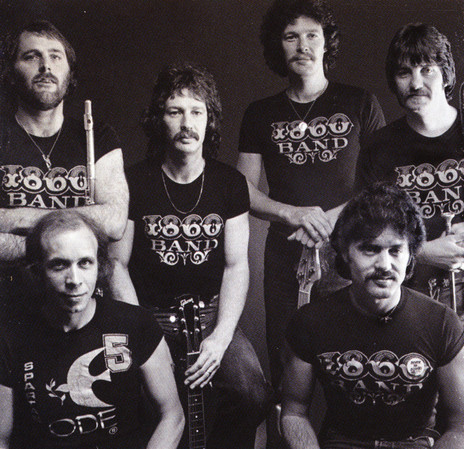
The 1860 Band. At back, from left: Geoff Culverwell, Martin Winch, Rob Winch, Rodger Fox; in front: Billy Brown, Peter Blake.
Trivia:
The late Martin Winch hit it big later on in his career with the easy listening Espresso Guitar album in 2002, which hit No.1 on the local charts, and sold over 80,000 copies.
Members:
Billy Brown - drums
Rob Winch - bass
Geoff Culverwell - flugelhorn
Dave Pearson - bass
Labels: